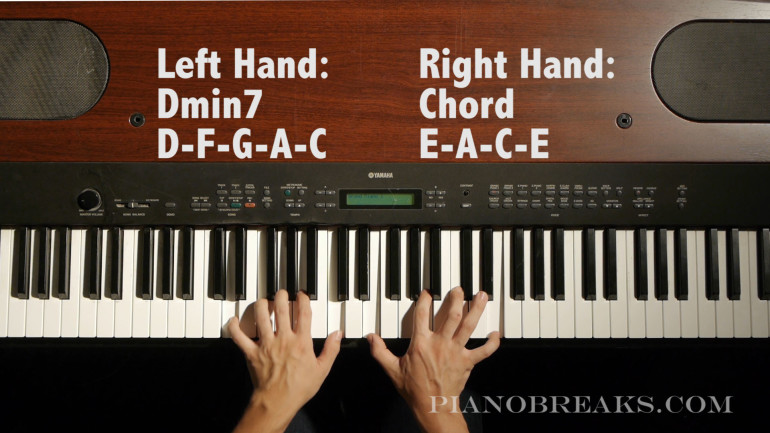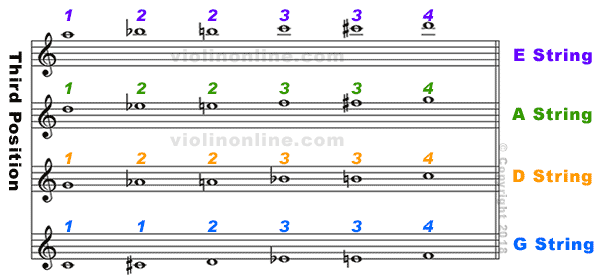
The next step in the pattern is a half step. Next up, we have the second W in the pattern, so we move up a whole step from D. This is the first W in our W – W – H – W – W – W – H pattern: Let’s replace the labels for those two half steps to show that we moved up one whole step. One whole step = two half steps, so if we go up two half steps, we get to D:

(The starting note of a scale is called the root note.) Looking at the pattern, we see that we first have to move up a whole step. Creating the C Major Scaleįirst, we’re going to start on the note C. So let’s look at what we get if we apply that pattern to the C chromatic scale. Now we have a definition for the major scale. The major scale is a sequence of notes that is made by starting on any note and moving up using the pattern W – W – H – W – W – W – H, where W is “ whole step” and H is “ half step”. For example, one such pattern gives us the major scale, which we can define as follows: Other types of scales can be formed by grouping together sequences of notes from the chromatic scale, according to different patterns. You might also remember that each note in the chromatic scale is one half step (or one semitone) away from the note next to it: When notes have two names, like C# and Db, we can use either name, depending on the context. We’re starting on C to keep things simple, but we could start on any note. Here are all the notes of the chromatic scale in a row. The image above uses only sharps for the “in-between” notes, but the same exact scale can be represented using flats instead: If you’ve read Part 1 and Part 2 of this series, you already know that the chromatic scale gives us the twelve notes that we have available to use in most Western music:
#Second notes on the d scale series
In this lesson, Part 3 of my series on music theory fundamentals, I’ll explain what the major scale is and why it’s important. Many of us learned it when we were young as “do – re – mi – fa – sol – la – ti – do.” To understand concepts like chords, major and minor keys, modes, and more, it’s important to understand how the major scale works. Parallel scales, meanwhile, are two scales - one major, one minor – that start on the same note, such as C major and C minor.For most people, the major scale is the most familiar musical scale. For example, C major, which contains the notes C D E F G A and B, and A minor, which contains A B C D E F and G.

Well, relative scales are two scales - one major, the other minor - that contain the same notes but start on different notes. Relative and parallel scales are often mistaken for each other, as they’re pretty similar- sounding. With a formula of 2-2-2-2-2-2, wherever you start from on the keyboard, there are only two possible versions, and they work really well over augmented and dominant 7b5 chords. Whole tone scales are hexatonic, which means that they contain six notes, all separated by intervals of a whole tone - hence you get the name.

Scoring a dream sequence? Use a whole tone scale! The whole tone scale is a bit special as there are only two possible versions of it, depending on whether you’re starting on a white or a black key. Rather than spending hours practising them until muscle memory takes over, you can remember simple number sequences - known as intervallic formulae - to help you work scales out on the fly, based on counting the number of semitones between each note in the scale.įor example, the formula for a major scale is 2-2-1-2-2-2-1, so to play, say, D major, you’d start on D, move up two semitones to E, then another two to F#, then one semitone up to G, two more to A and so on, following the formula to complete the scale. Play a C major scale, then a C# major one, and you’ll get the idea.

The latter only have to memorise one shape for a scale, then move that shape up the neck to play it in a different key, whereas on the keyboard, playing the same scale up just one semitone requires having to remember a completely different pattern of keys. Keyboard players are at a disadvantage to guitarists when it comes to memorising scales.


 0 kommentar(er)
0 kommentar(er)
